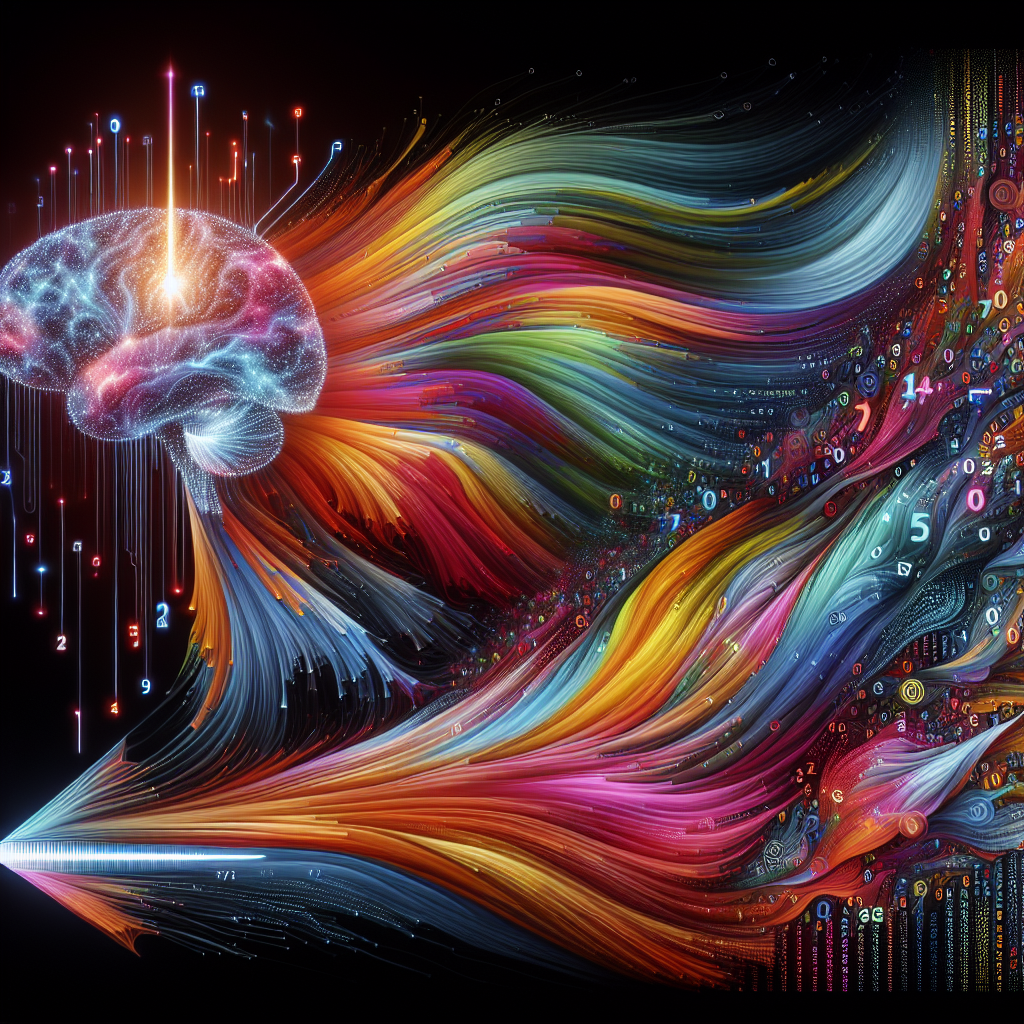AI and Fashion Data Analytics: How Artificial Intelligence is Improving Decision-Making
The fashion industry is constantly evolving, with new trends emerging every season and consumer preferences changing rapidly. In order to stay competitive in this fast-paced environment, fashion companies are increasingly turning to artificial intelligence (AI) and data analytics to make better decisions. By harnessing the power of AI, companies can analyze vast amounts of data to gain valuable insights into consumer behavior, trends, and market dynamics. In this article, we will explore how AI is revolutionizing the fashion industry and improving decision-making processes.
1. The Role of AI in Fashion Data Analytics
AI has the potential to transform the way fashion companies operate, from product design to marketing and sales. By using AI-powered tools and algorithms, companies can analyze large datasets to identify patterns, trends, and correlations that would be difficult or impossible for humans to detect. This allows companies to make more informed decisions and create products that are more in line with consumer preferences.
One of the key areas where AI is making a significant impact is in trend forecasting. By analyzing social media, e-commerce platforms, and other sources of data, AI can predict upcoming trends with greater accuracy and speed than traditional methods. This allows fashion companies to anticipate consumer demand and adjust their product offerings accordingly, reducing the risk of overstock or missed opportunities.
AI is also being used to personalize the shopping experience for consumers. By analyzing data on individual preferences, browsing behavior, and purchase history, companies can create personalized recommendations and targeted marketing campaigns that are more likely to resonate with customers. This can lead to higher conversion rates, increased customer satisfaction, and ultimately, higher revenues.
In addition to trend forecasting and personalization, AI is also being used to optimize supply chain management, pricing strategies, and inventory management. By analyzing data on production costs, lead times, and market demand, companies can make more strategic decisions about sourcing, pricing, and distribution. This can help companies reduce costs, improve efficiency, and maximize profitability.
2. Case Studies: How Fashion Companies are Using AI
Several leading fashion companies have already embraced AI and data analytics to improve their decision-making processes. For example, Stitch Fix, a popular online styling service, uses AI algorithms to analyze customer data and create personalized style recommendations. By leveraging AI, Stitch Fix has been able to increase customer engagement and loyalty, leading to higher sales and profits.
Another example is Adidas, which has partnered with AI startup Carbon to create 3D-printed sneakers. By using AI to analyze customer feedback and design preferences, Adidas has been able to create customized shoes that are tailored to individual needs and preferences. This has helped Adidas differentiate itself in a crowded market and attract a loyal customer base.
Similarly, Zara, a global fashion retailer, has implemented AI-powered tools to optimize its supply chain and inventory management. By analyzing data on sales trends, production costs, and lead times, Zara has been able to reduce waste, improve efficiency, and respond more quickly to changing market conditions. This has helped Zara stay competitive in a fast-paced industry and maintain its reputation for fast fashion.
Overall, these case studies demonstrate the potential of AI to revolutionize the fashion industry and drive innovation and growth. By harnessing the power of AI and data analytics, fashion companies can gain a competitive advantage, improve decision-making processes, and ultimately, enhance the customer experience.
3. FAQs
Q: How can AI help fashion companies improve their decision-making processes?
A: AI can help fashion companies improve their decision-making processes by analyzing large datasets to identify trends, patterns, and correlations that would be difficult or impossible for humans to detect. This allows companies to make more informed decisions about product design, marketing, sales, and supply chain management.
Q: What are some of the key benefits of using AI in the fashion industry?
A: Some of the key benefits of using AI in the fashion industry include improved trend forecasting, personalized recommendations, optimized supply chain management, and enhanced customer engagement. By leveraging AI, fashion companies can reduce costs, increase efficiency, and drive innovation.
Q: How can fashion companies get started with AI and data analytics?
A: Fashion companies can get started with AI and data analytics by partnering with AI startups, hiring data scientists and analysts, and investing in AI-powered tools and technologies. By building a strong data infrastructure and expertise, companies can unlock the full potential of AI and drive growth and innovation.
In conclusion, AI and data analytics have the potential to revolutionize the fashion industry and improve decision-making processes. By harnessing the power of AI, fashion companies can gain valuable insights into consumer behavior, trends, and market dynamics, leading to better products, more targeted marketing campaigns, and increased profitability. As AI continues to evolve and become more accessible, we can expect to see even more transformative changes in the fashion industry in the years to come.

